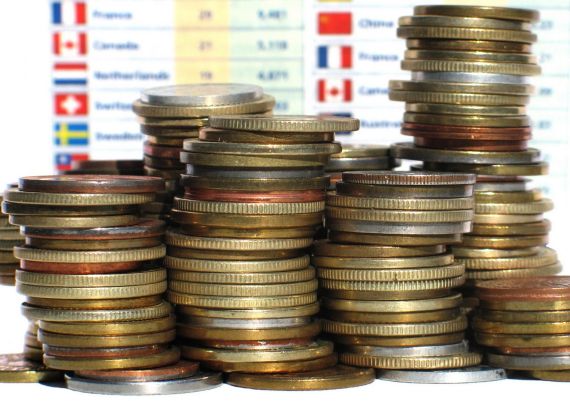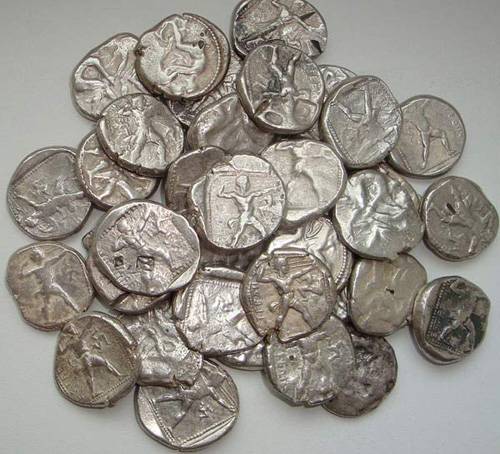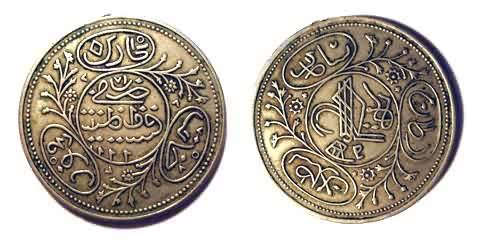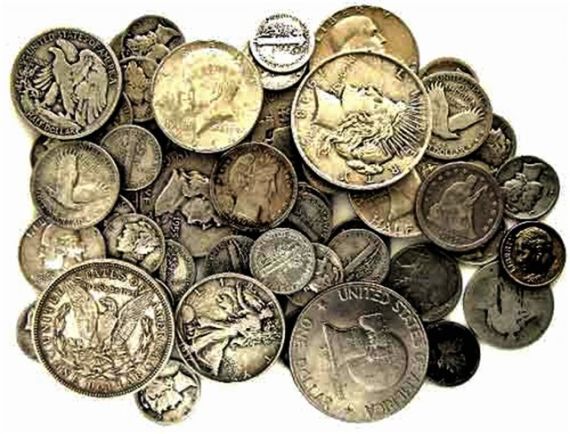brought additional
Old Russian monetary system
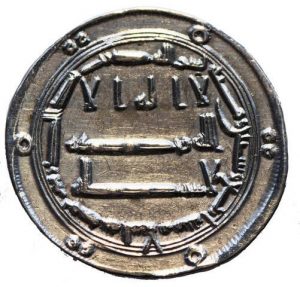 For quite a long time, the fact has been noticed that treasures belonging to the period from the 9th to the 11th century contain quite a lot of fragments and scraps of coins. And this is not a coincidence at all, since there are treasures consisting entirely of small fragments. On such fragments, sometimes there are monetary legends, the names of rulers, dates of minting, and similar inscriptions.
For quite a long time, the fact has been noticed that treasures belonging to the period from the 9th to the 11th century contain quite a lot of fragments and scraps of coins. And this is not a coincidence at all, since there are treasures consisting entirely of small fragments. On such fragments, sometimes there are monetary legends, the names of rulers, dates of minting, and similar inscriptions.
When the coins correspond to some definite and well-known weight, then the seller who received them will simply calculate the amount of metal that the op receives from the proceeds of any goods, or from the services provided to them. Scales for weighing coins are necessary for him only to carry out a control check – no more. Continue reading
Monetary reform of 1654
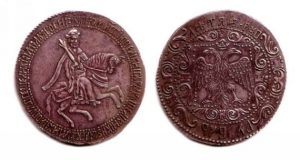 In the 17th century, the epoch in monetary business ended, when absolutely any individual, which was usually a privileged and secular society, could bring material for making coins. The state finally and irreversibly took control of the mints, and supplied raw materials exclusively from its treasury. In this regard, the coins began to lose their stability, and their value gradually began to fall.
In the 17th century, the epoch in monetary business ended, when absolutely any individual, which was usually a privileged and secular society, could bring material for making coins. The state finally and irreversibly took control of the mints, and supplied raw materials exclusively from its treasury. In this regard, the coins began to lose their stability, and their value gradually began to fall.
This instability of money played into the hands of counterfeiters. They could easily start minting coins, almost without fear that they would be severely punished for it. Continue reading
Coins of Ivan the Terrible
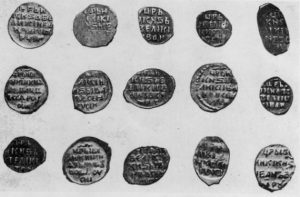 A small miniature from the Russian annals of the 17th century depicts the process of making coins. From this it is known that silver billets were first smelted in a crucible, and then they were minted, holding the hot billet in special tongs. The big omission on the part of the chronicler is the moment that he did not show how to drag the wire, cut it and plyuschat to get blanks.
A small miniature from the Russian annals of the 17th century depicts the process of making coins. From this it is known that silver billets were first smelted in a crucible, and then they were minted, holding the hot billet in special tongs. The big omission on the part of the chronicler is the moment that he did not show how to drag the wire, cut it and plyuschat to get blanks.
Before the reform, two types of money were minted – Novgorod money and Moscow money. Continue reading
